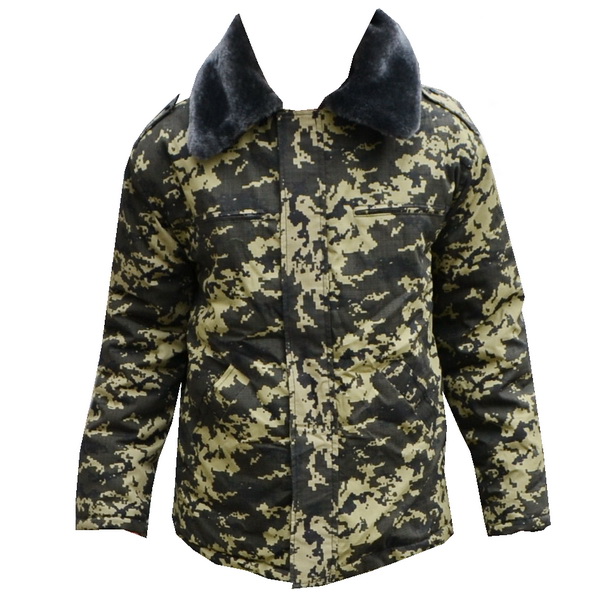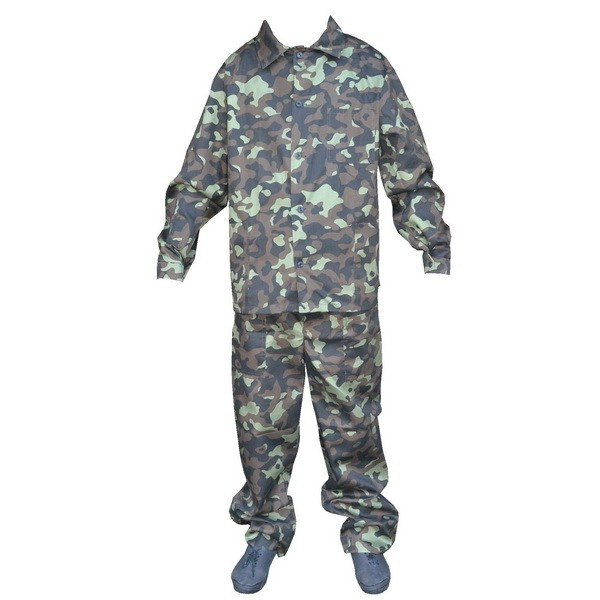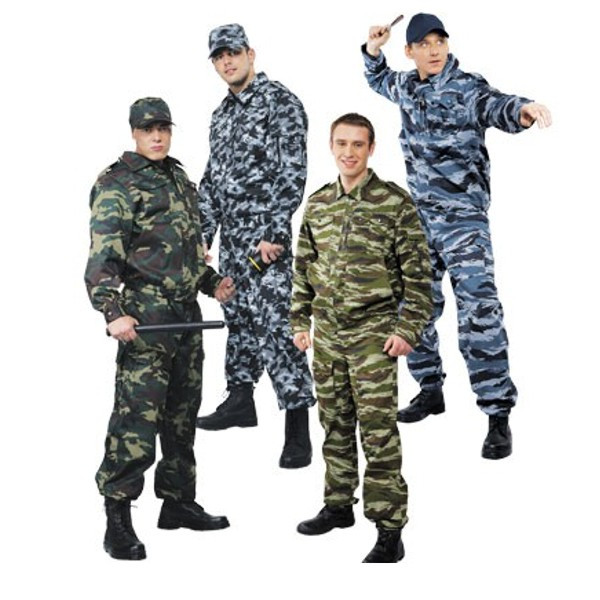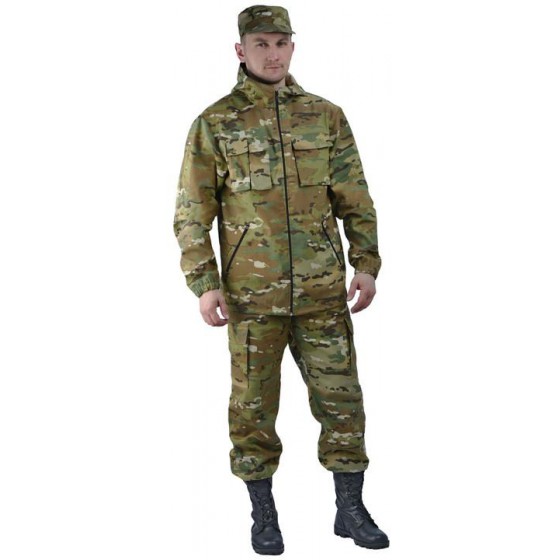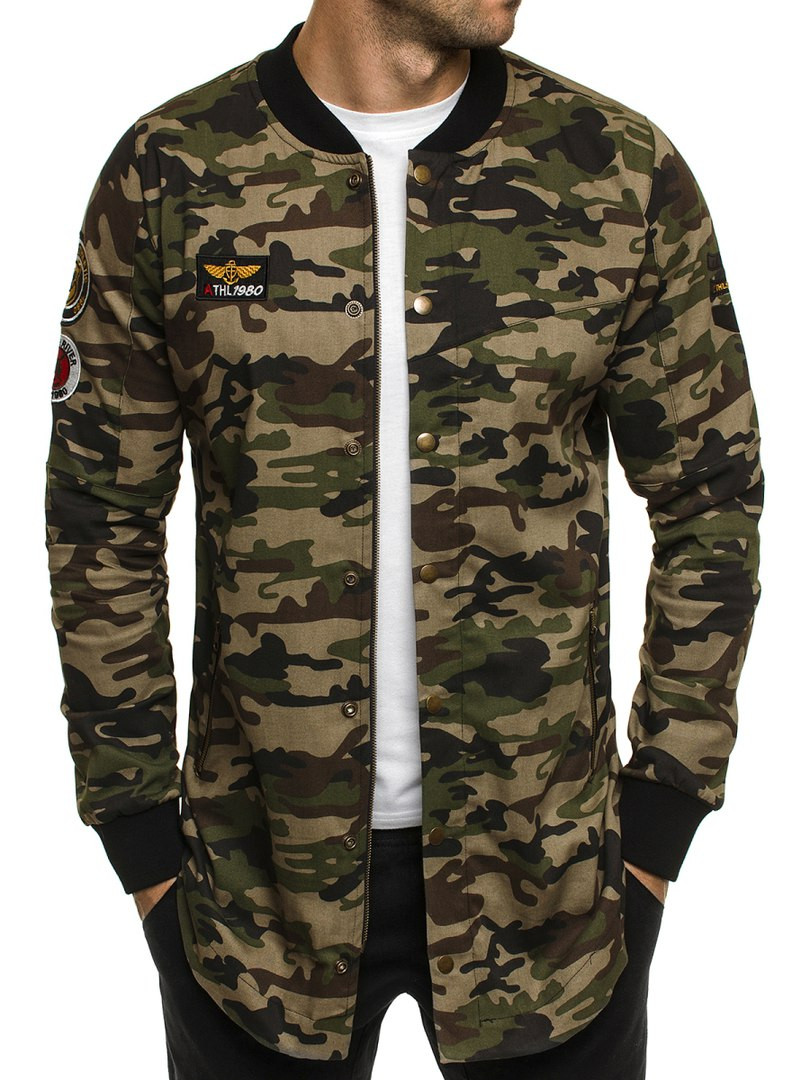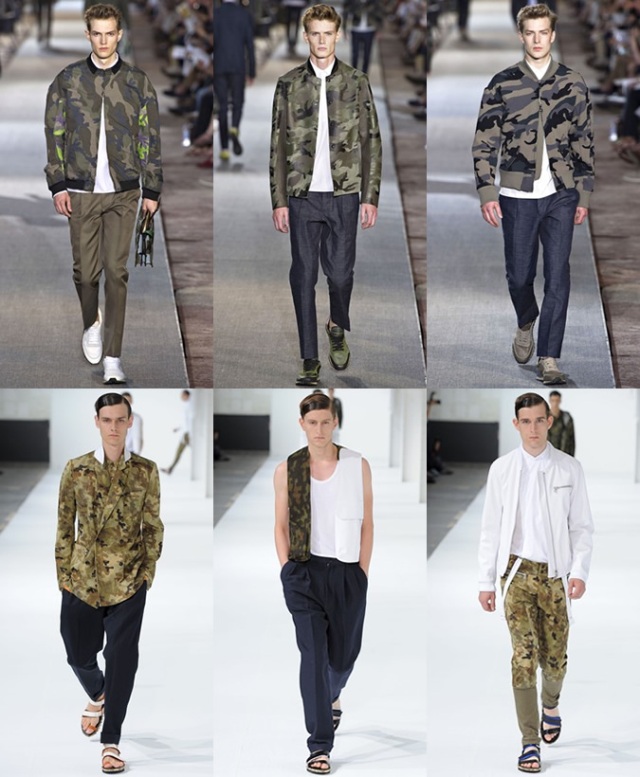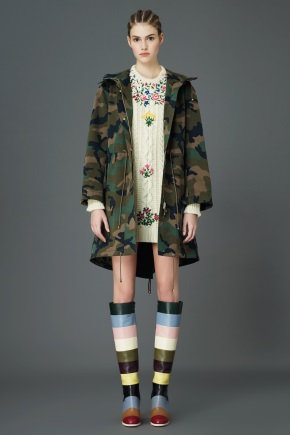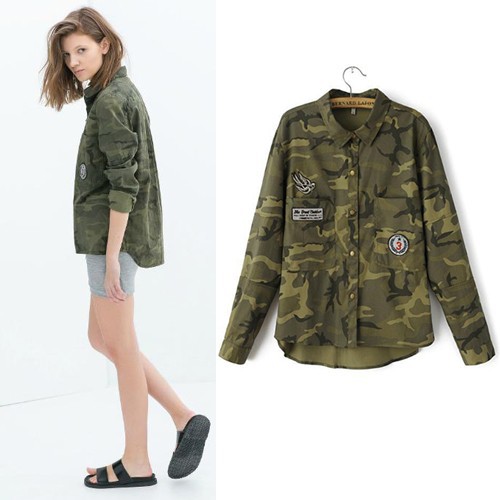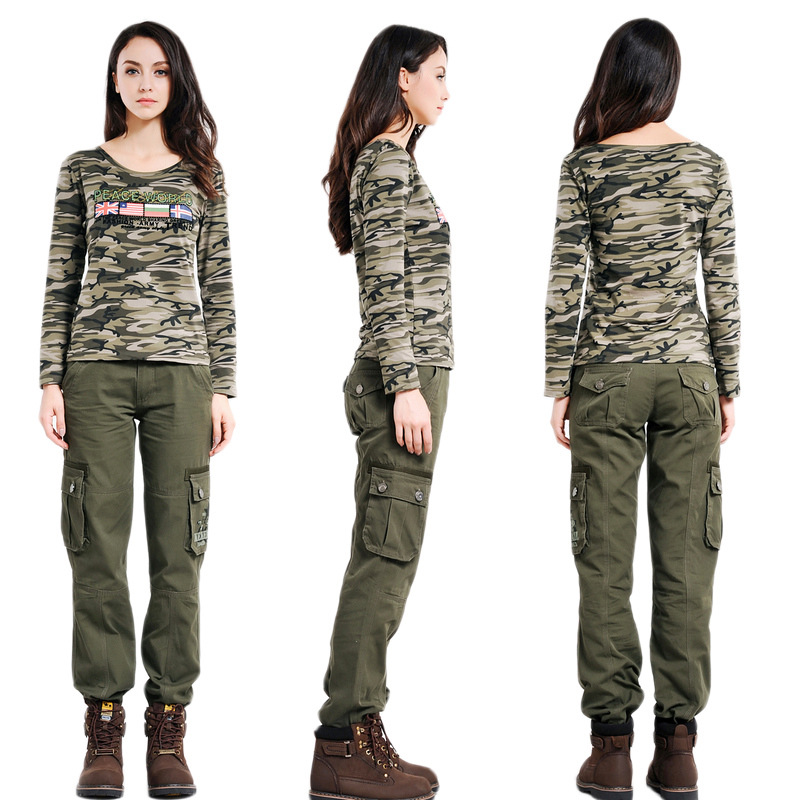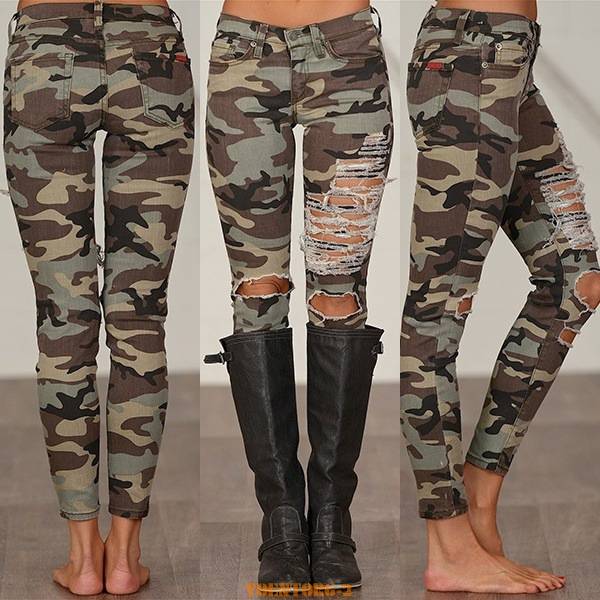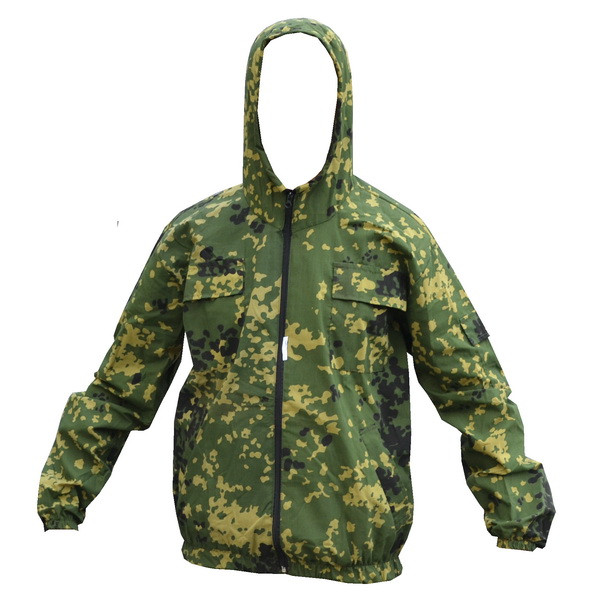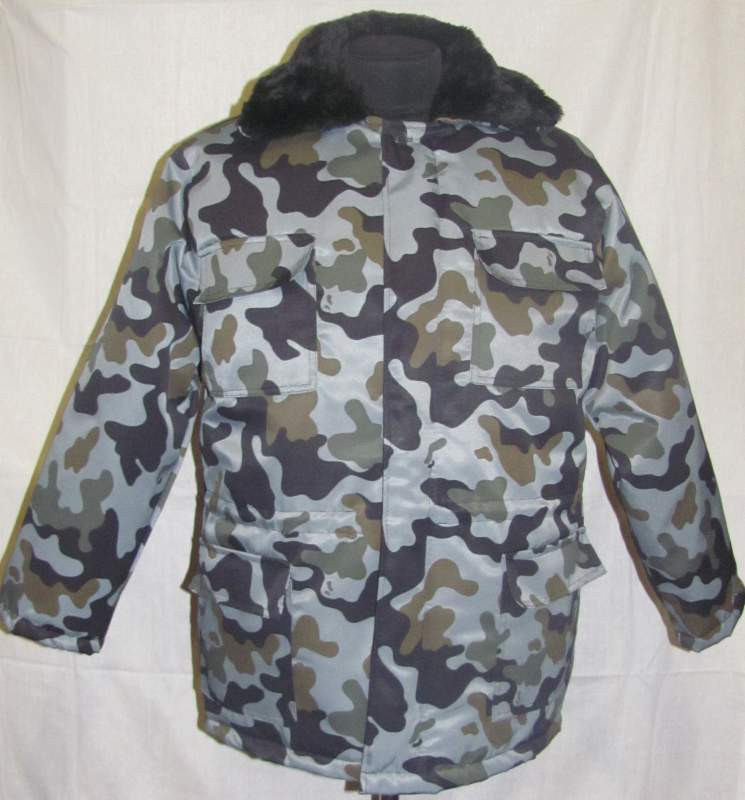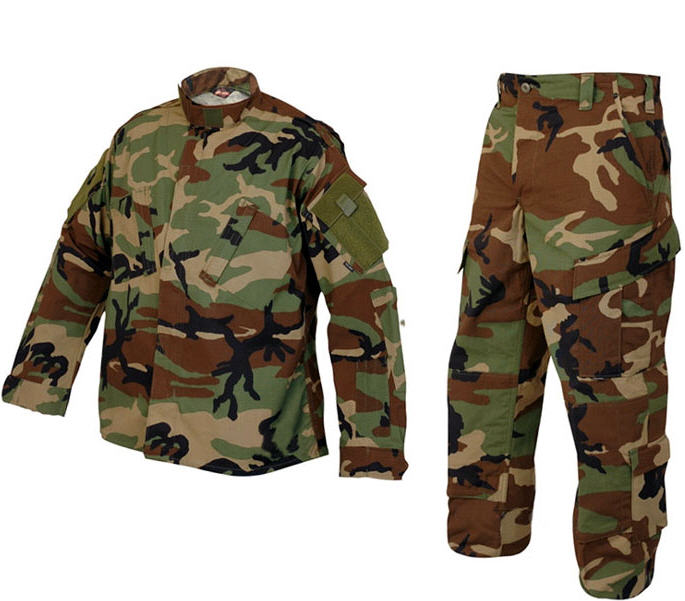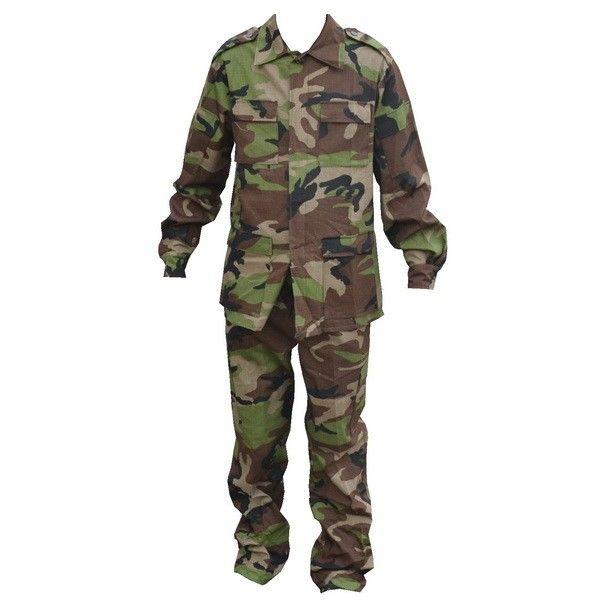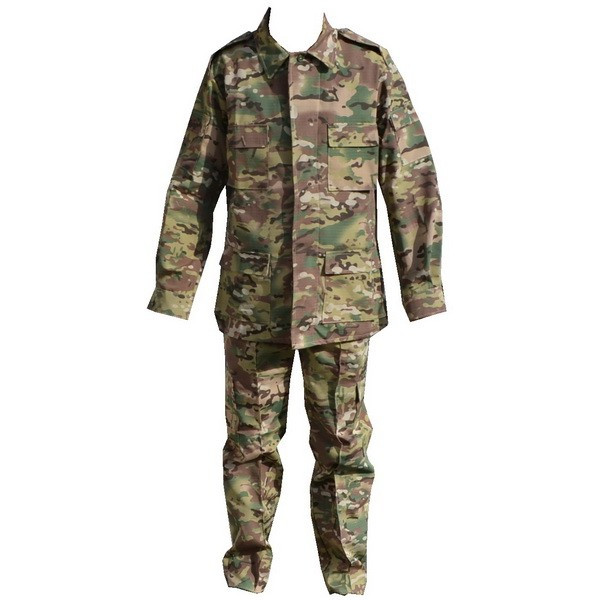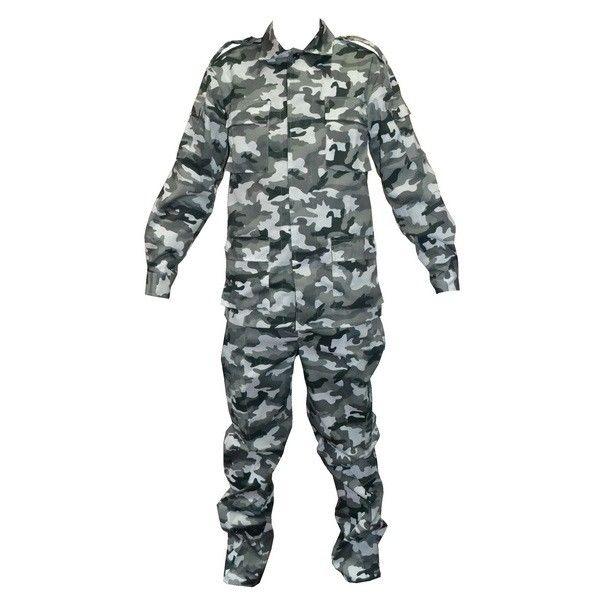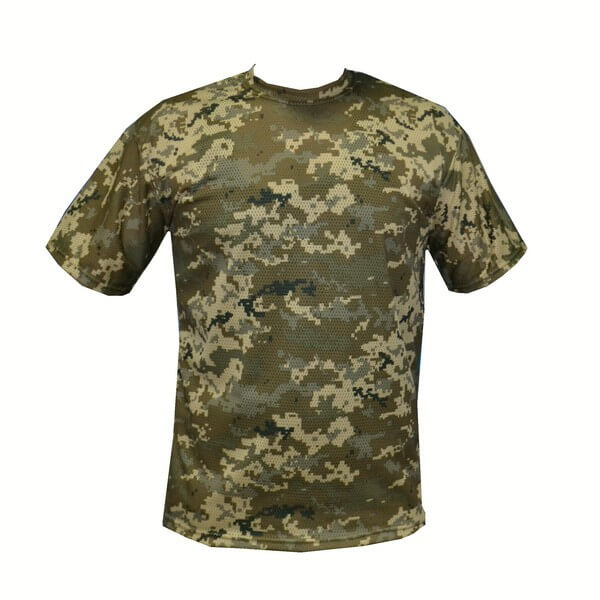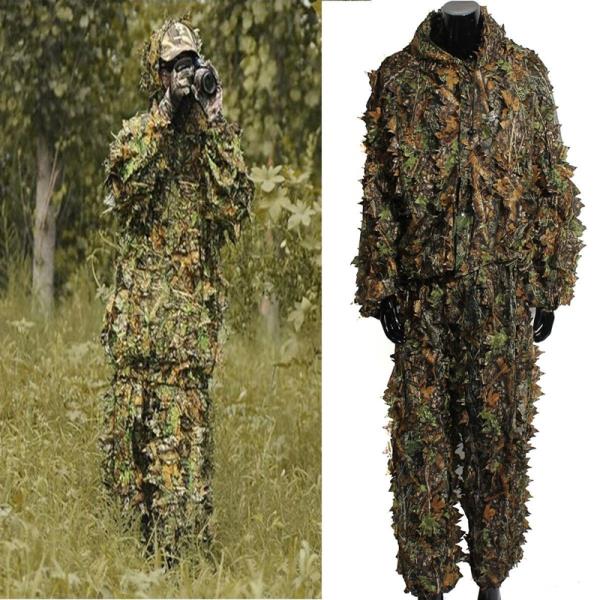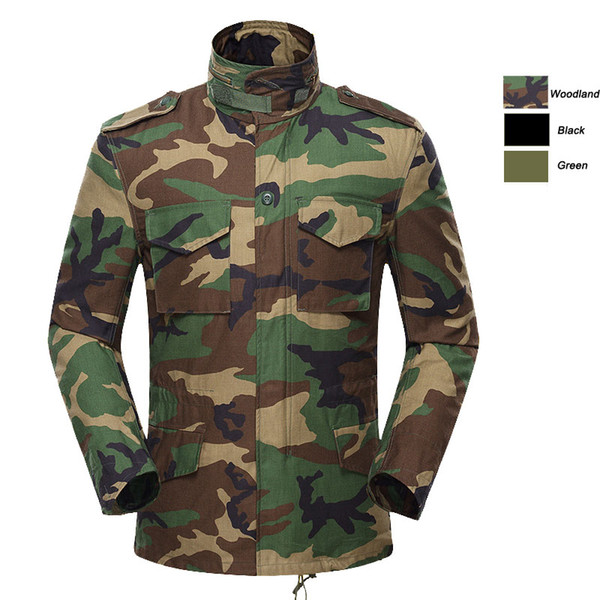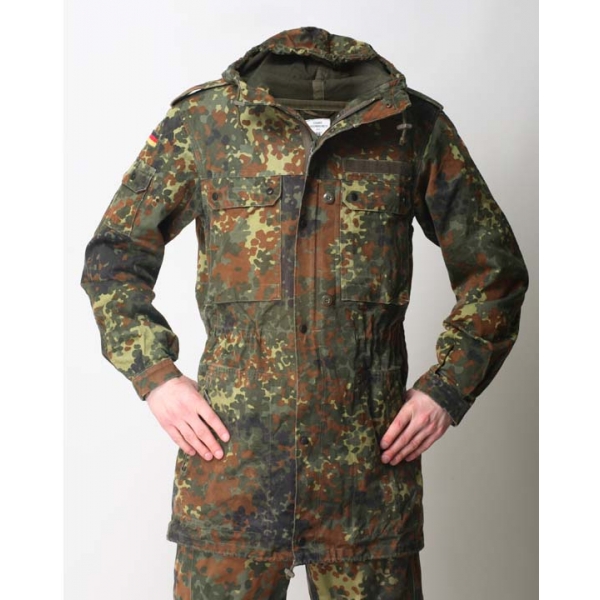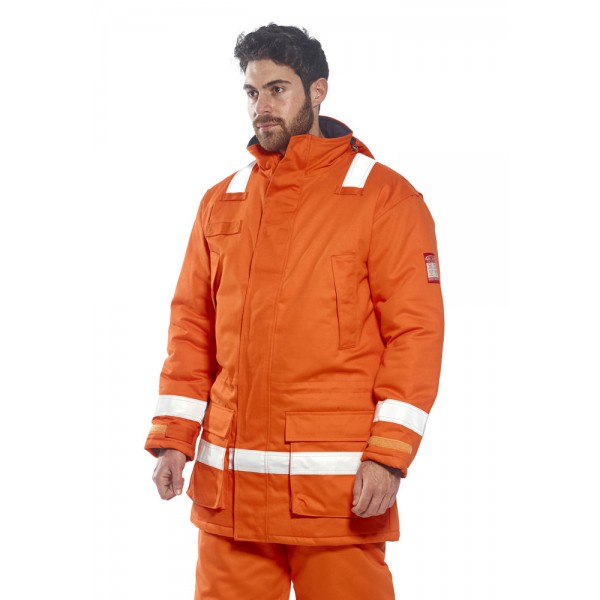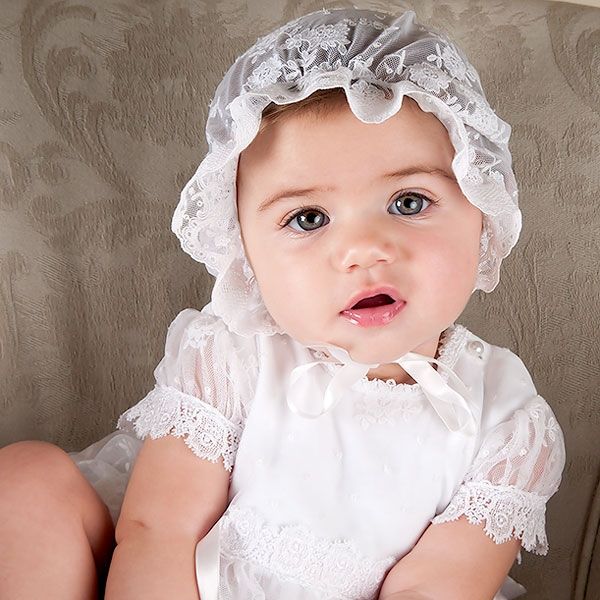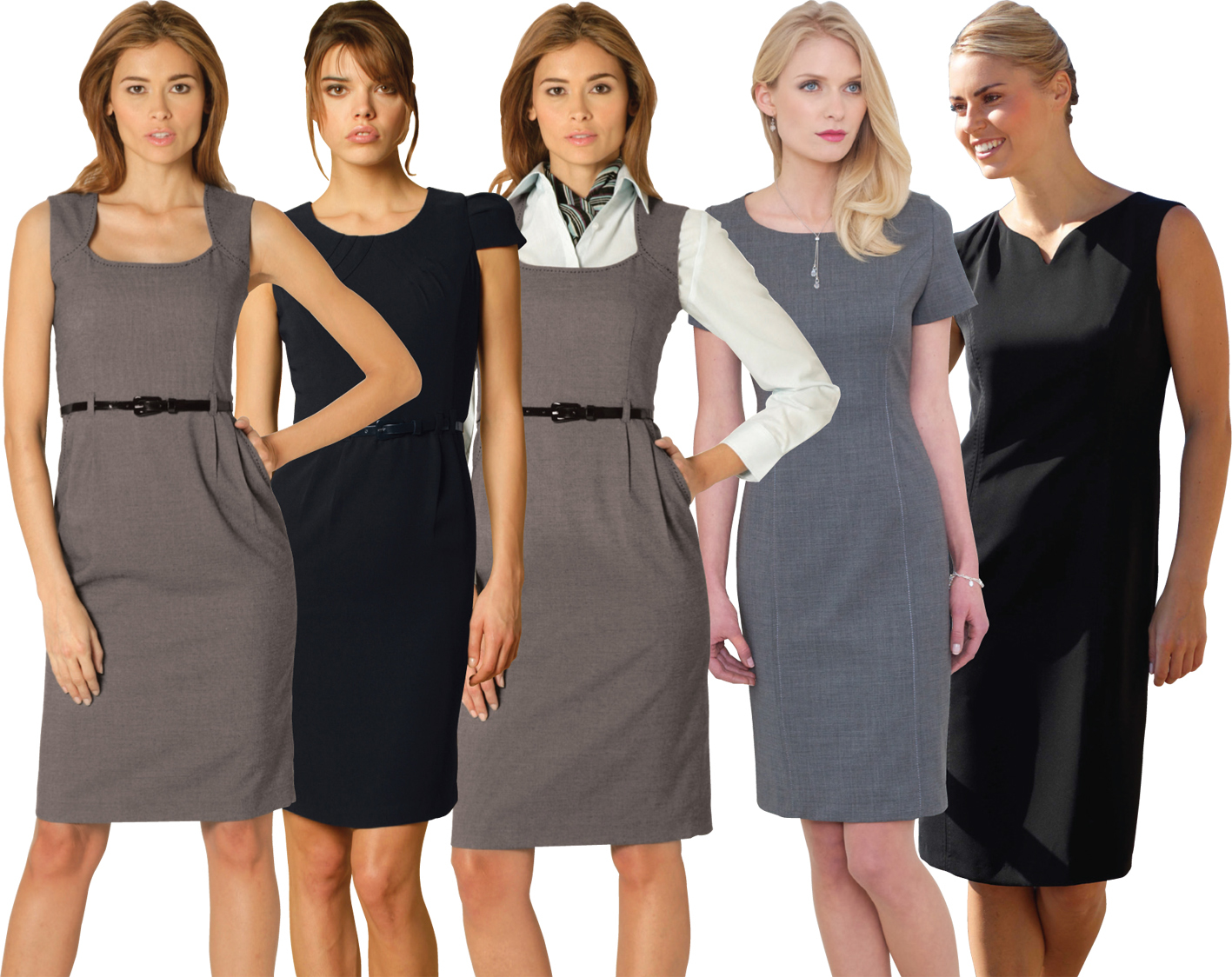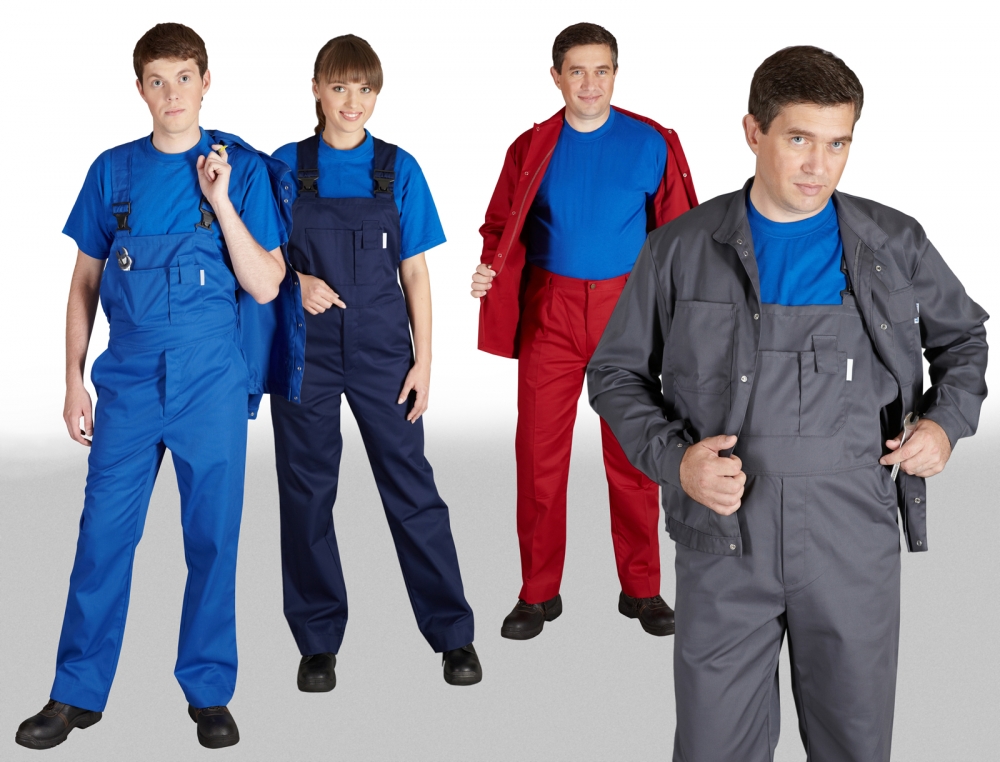This year, many fashion collections of European designers are presented with military pea coats, jackets, coats and even dresses in a military design. Camouflage clothing is distinguished by a special pattern - stretched along a plain background spots of blue, brown and sand shades, as well as safari and python patterns. Bright colors go well with basic items made of natural fabrics and leather. Bold accessories and massive shoes complete the look.
Features of military style
Military style is distinguished by its characteristic features:
- Straight cut clothes;
- The predominance of khaki shades, dark blue, blue-green variations;
- An abundance of buttons, rivets, belts;
- Wide collars;
- Lack of fine details in the image.
Those wishing to add military motifs to their wardrobe should study the main trends of military style:
- Casual-military is a youth trend characterized by general casualness, convenience and comfort. Basic wardrobe elements include bomber jackets or "parkas", combat boots, over-the-knee boots;
- High-military - the style of suits, dresses, raincoats and coats is distinguished by a variety of strict styles of military uniforms of high ranks;
- The formalist direction displays everyday clothes and accessories painted in bright camouflage colors.
It is impossible to imagine a military style image without high lace-up boots and rough accessories. Among headwear, the most common are caps, army ushankas, and caps.
Existing models
Among the wardrobe items made in camouflage colors, there are men's and women's wardrobe items for the winter, summer and autumn-spring seasons. The military style is suitable for everyday wear, active recreation and sports. It is often made on the basis of natural fabrics that support natural thermoregulation.
Men's clothing
Camouflage clothing looks good on those with developed muscles, giving the image of masculinity and sexuality. Most often worn:
- Simple and practical T-shirts, tank tops, shirts;
- Trousers, capris in olive, sand, khaki shades. Preferably loose or baggy design with internal and patch pockets, buttons, zippers, additional accessories;
- Puffer jackets and shoes with massive soles.
In winter, stylish boots, a jacket or a pea coat will complement your wardrobe.
Women's clothing
Sports tops, leggings and trousers, as well as camouflage dresses and sundresses are available to the fair sex. Classic combinations of green and brown shades are diluted with a safari background, black and white, gray and pink, beige and blue palette. Bright things go well with denim and casual clothes. Fashionistas should also take a closer look at the Urban style, which creates a bold image of a street girl - boots, a T-shirt, khaki pants, a leather jacket and a bracelet with spikes.
Camouflage overalls
Camouflage clothing is manufactured by companies that cater to the needs of the military, hunters and fishermen who are forced to wander into the wilderness and blend into the environment without attracting the attention of local inhabitants. Camouflage overalls are not suitable for everyday wear. Baggy cut, simple design, rough fabrics are ideal for going out into nature. In terms of practicality, babek suits are not inferior to soldier's clothing, providing comfort and protection of the body from the sun and moisture. Hunting clothing retains its original color and shape for a long time. The jacket and pants are equipped with many pockets for small items.
Types of camouflage patterns
When sewing military camouflage clothing, two types of protective patterns are used - standard and non-standard. The first option is suitable for members of the armed forces. Non-standard patterns are used to create work uniforms or sew designer clothes (the most attractive motifs are "sedge", "reed" and "autumn forest").
Standard designs are divided according to their intended purpose:
- "Forest" is a forest zone of European countries in summer;
- "Desert" is a sandy and rocky zone of Central Asia;
- "Jungle" - southern tropic;
- "Winter" - snow-covered areas of land;
- "Bush" - shrubs typical of Africa.
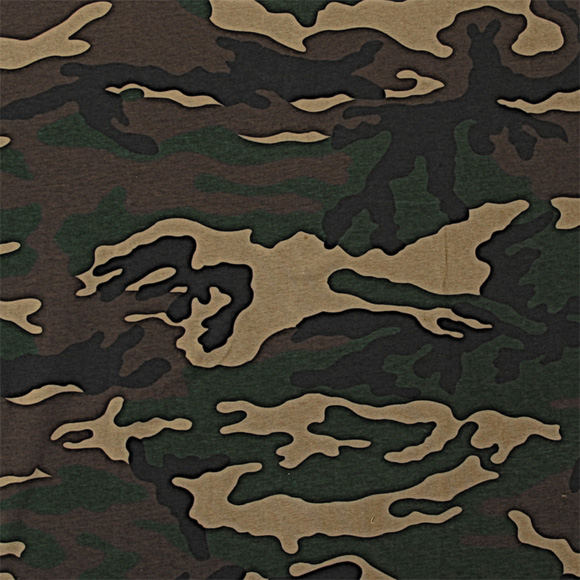




Russian camouflage clothing
In Russia, the "Beryozka" camouflage (olive fabric with randomly located light green spots) is widely used, which is a close analogue of the Wehrmacht protective clothing of 1939-1945; they also borrowed from Germany:
- "Palm Tree" showing tropical vegetation;
- "Amoeba" that looks like blots;
- "Deciduous forest" adapted to the vegetation of the middle zone, in the deserts of Afghanistan and Iraq;
- "Partisan", distinguished by a blurred oak leaf pattern;
- "Flora" is a combination of green and brown tones used by the armed forces against the backdrop of the Russian forest-steppe landscape;
- "Oak" - light grassy background with green and brown spots;
- "Bhutan" - the camouflage pattern resembles the leaves of young birches from afar, and successfully camouflages against the background of a meadow or steppe;
- "Russian Digit" is a modern pixel camouflage that creates optical illusions of silhouette dissolution at close and long distances;
- "Flectarn" - crushing pattern;
- "Tropentern" is a desert variant reminiscent of light sand with patterns of green and brown spots;
- "Vertical" - vertically located spots.


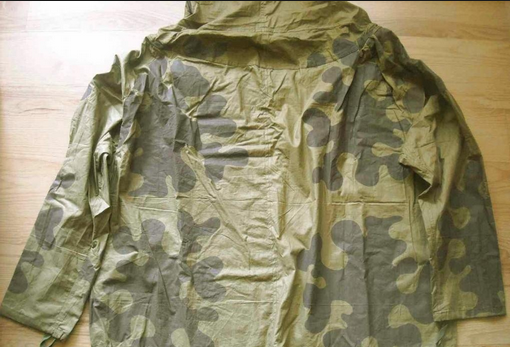
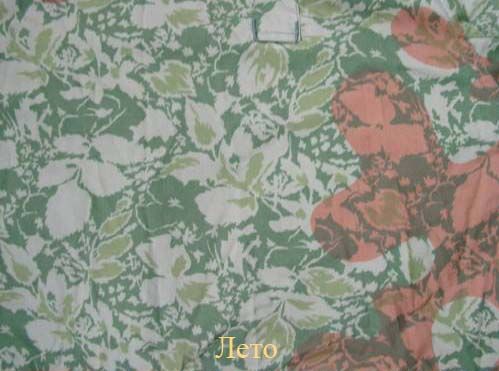

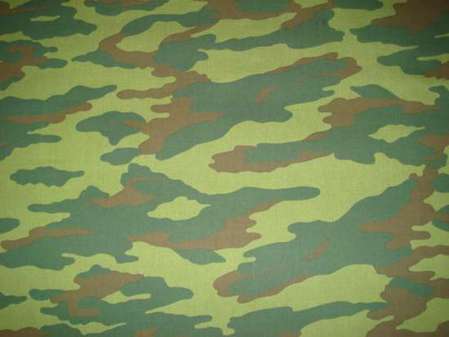
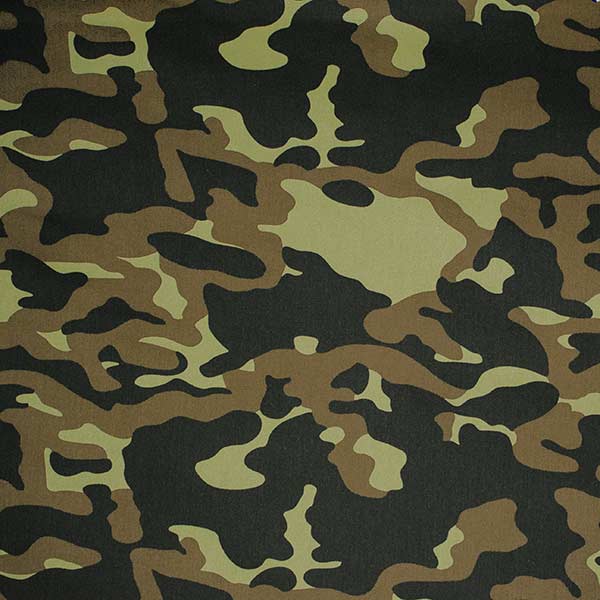
Camouflage clothing made for the US armed forces is also successfully used in many countries:
- "Marpat" - Marine clothing with a pixelated pattern;
- "ACU PAT" - digital field (dusty) coloring based on Marpat;
- "Dirty khaki" - spots on a gray background;
- "Multicam" is a universal camouflage for forest, desert and rocky terrain;
- "Olive" – olive background;
- "Tiger" - a camouflage pattern reminiscent of the coloring of a wild animal, developed for tropical jungles;
- "Desert" - a desert color scheme that includes grassy, sandy and brown tones;
- "Python" - 3D camouflage from the American company Kryptek is designed for hunters and military units, the background of the pattern is presented as a set of blurred shadows of different shades.
Babek costumes from other countries:
- "DPM" (UK) - a camouflage pattern represented by spots and strokes of four shades - sand, black, green and brown;
- "CCE Camo" (France) - a bright pattern made up of longitudinal spots of green, brown and black, intended for wearing in European forests;
- "CADPAT" (Canada) - digital contrast pattern for military operations in forest belt conditions;
- "M05" (Finland) - digital camouflage pattern adapted to the Finnish forest;
- "Vegetato" (Italy) - highlights the forest and desert color combination of digital camouflage - Desertato. The first option includes brown, sand and black spots on a green background;
- "Flectarn-D" (Denmark) - a combination of black, grassy and olive shades, reflecting the landscapes of Scandinavia;
- "M75" (Norway) - camouflage pattern includes large light and dark green, earthen spots;
- "M/90" (Sweden) - a modern version of the German splintentarn splinter camouflage of the 90s;
- "Forest Zebra" (Malaysia) - the color scheme is close to the large-format French camouflage CCE, distinguished by its bright and saturated execution.
Other camouflage patterns are rare and few in number.
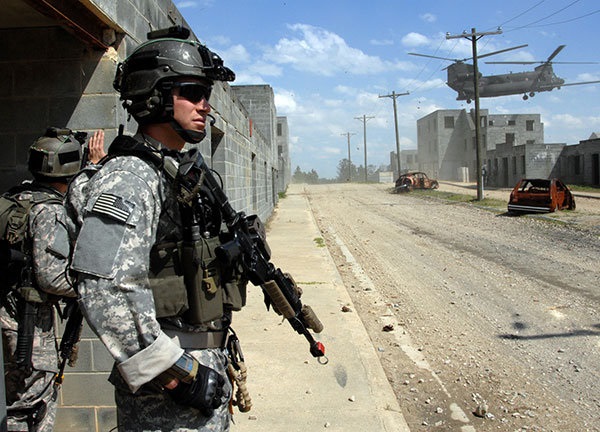
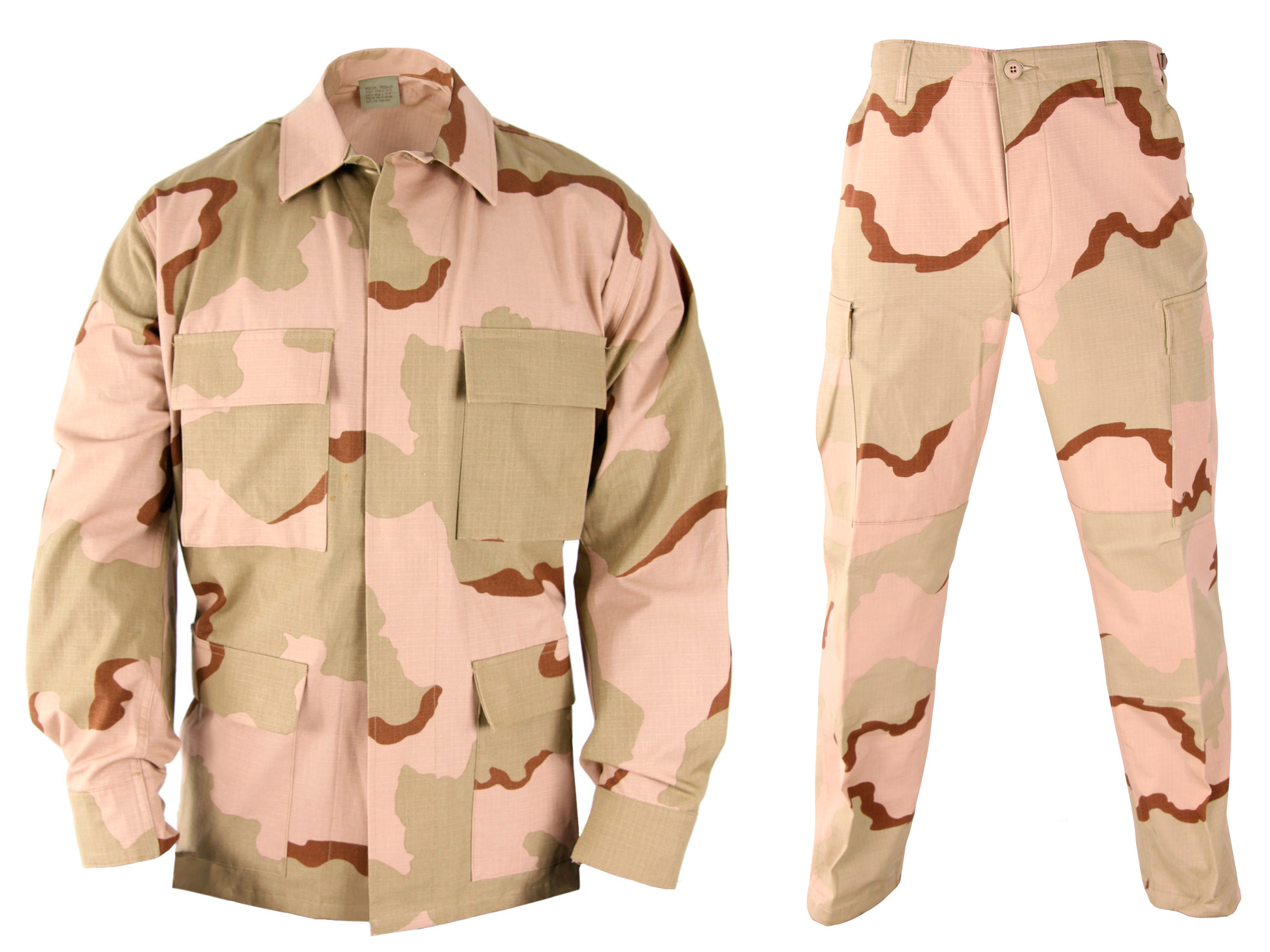
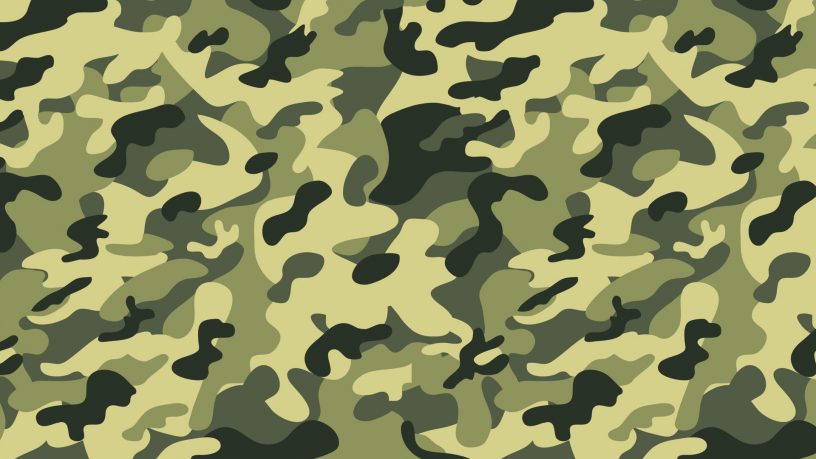
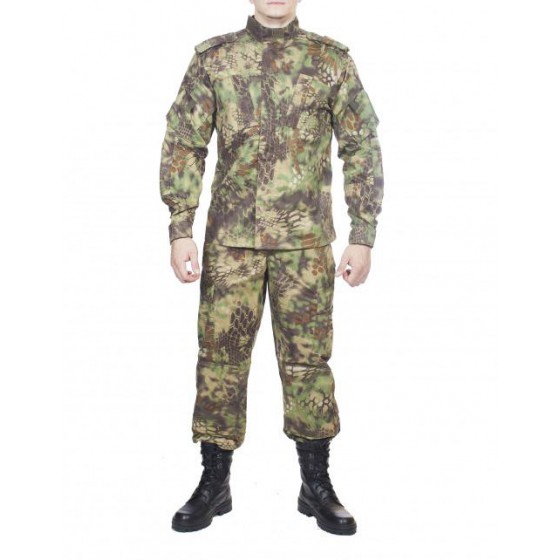
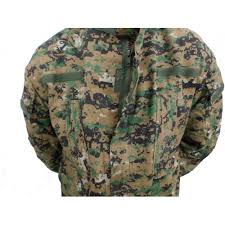
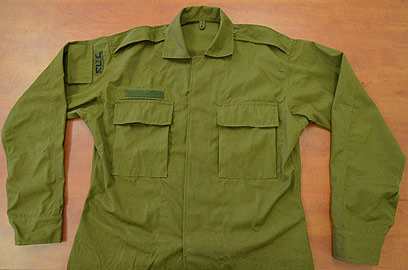
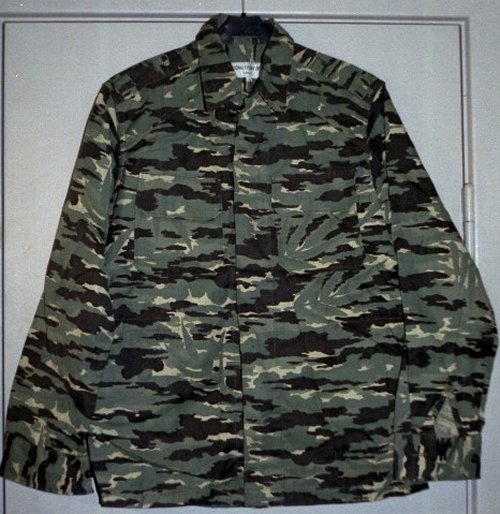

Fabrics
The characteristics of camouflage fabrics determine the conditions for wearing clothes, the list of the best options is:
- Oxford is a blended fibre based on nylon and polyester. It is used for sewing waterproof clothing, shoes and backpacks. The weave type is "rogozhka" (square shape);
- Rip stop is a lattice weave of polyester-reinforced thread with cotton fiber. The camouflage does not wrinkle or shrink, and does not tear at the cut sites;
- Greta (twill) is a special type of weaving that allows the inside to be made of cotton and the outside to be made of synthetic material. Twill has high heat resistance, does not allow air to pass through and absorbs body fumes well;
- Fleece is a 100% polyester material with air pockets that allow the body to "breathe". Fleece is considered a hypoallergenic, soft and durable fabric. The material retains color and shape well;
- Shirting fabric made from polyester and viscose fibers is an excellent option for sewing light camouflage clothing (T-shirts, tank tops, caps and panamas);
- The membrane is a reliable protection against wind, cold and rain. It removes body vapors to the outside, leaving the first layer dry;
- Tarpaulin is a thick, coarse camouflage material with a high content of cotton, linen and jute;
- Avizent is a heavy, durable tarpaulin for awnings, overalls and backpacks.
A wide selection of camouflage fabrics allows us to take into account the interests of sports enthusiasts, hunters, fishermen and those who prefer a strict style.
Useful functions
The French term camouflage means "masking" - difficult recognition of a person or object by opponents, animals, birds. Protective functions are implemented through photo, visual and optical technologies. Camouflage became widespread in the 19th century, when the use of muted colors allowed to reduce losses of a foreign army.
In 2018, khaki fabrics are widely used in sewing fashionable camouflage clothing: jackets, sweaters, pants and hats. Simplicity and practicality are highly valued by the military, hunters, rescuers and people whose profession involves the use of special equipment. It perfectly masks stains and allows you to create a stylish image, attracting minimal attention.
Photo
Video


